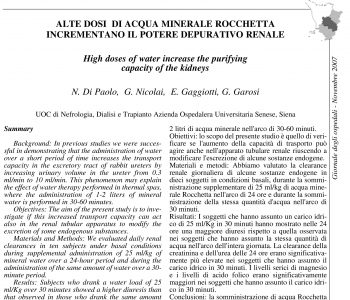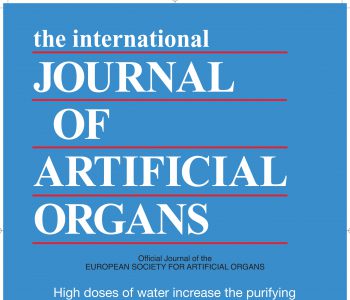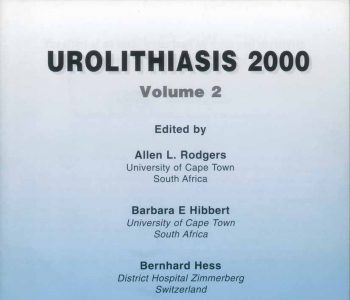Pietro Manuel Ferraro1,5*† , Matteo Vittori2,5†, Giuseppe Macis3,5, Alessandro D’Addessi2,5, Gianmarco Lombardi1,5, Claudia Palmisano3,5, Jacopo Gervasoni4,5, Aniello Primiano4,5, Pier Francesco Bassi2,5 and Giovanni Gambaro1,5
Abstract
Background: Previous studies have shown that, compared with non-stone formers, stone formers have a higher papillary density measured with computer tomography (CT) scan. The effect of increased hydration on such papillary density in idiopathic calcium stone formers is not known.
Methods: Patients with recurrent calcium oxalate stones undergoing endourological procedures for renal stones at our Institution from June 2013 to June 2014 were considered eligible for enrolment. Enrolled patients underwent a baseline unenhanced CT scan before the urological procedure; after endoscopic removal of their stones, the patients were instructed to drink at least 2 L/day of a hypotonic, oligomineral water low in sodium and minerals (fixed residue at 180 °C < 200 mg/L) for at least 12 months. Finally, the patients underwent a follow-up unenhanced CT scan during hydration regimen. Results: Twenty-five patients were prospectively enrolled and underwent baseline and follow-up CT scans. At baseline, mean papillary density was 43.2 ± 6.6 Hounsfield Units (HU) (43.2 ± 6.7 for the left kidney and 42.8 ± 7.1 HU for the right kidney). At follow-up and after at least 12 months of hydration regimen, mean papillary density was significantly reduced at 35.4 ± 4.2 HU (35.8 ± 5.0 for the left kidney and 35.1 ± 4.2 HU for the right kidney); the mean difference between baseline and follow-up was − 7.8 HU (95% confidence interval − 10.6 to − 5.1 HU, p < 0.001). Conclusions: Increased fluid intake in patients with recurrent calcium oxalate stones was associated with a significant reduction in renal papillary density. Trial registration: NCT03343743, 15/11/2017 (Retrospectively registered). Keywords: Kidney stones, CT scan, Randall’s plaque, Hydration therapy







